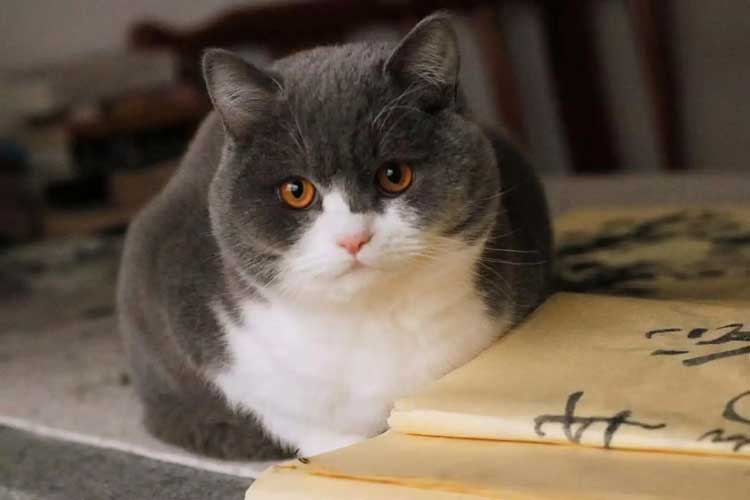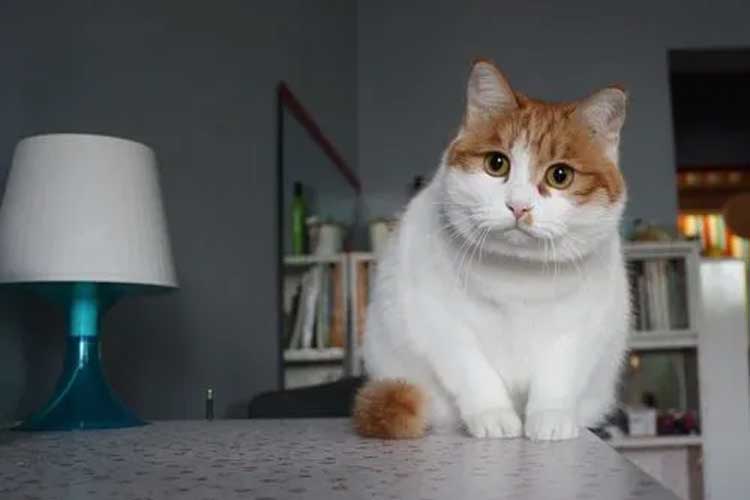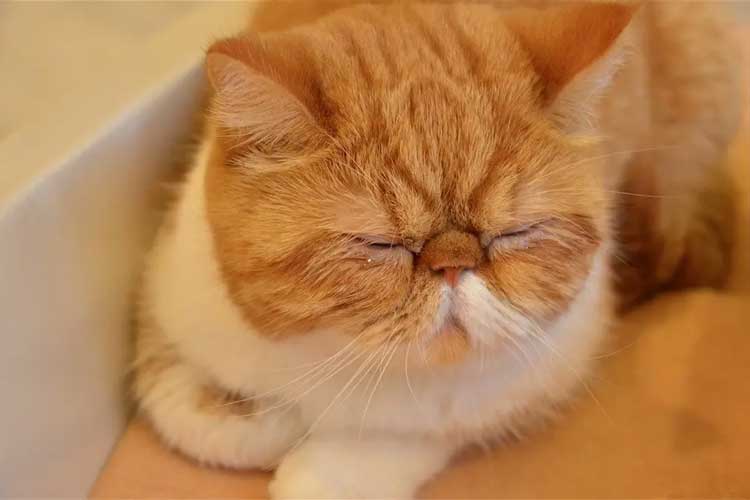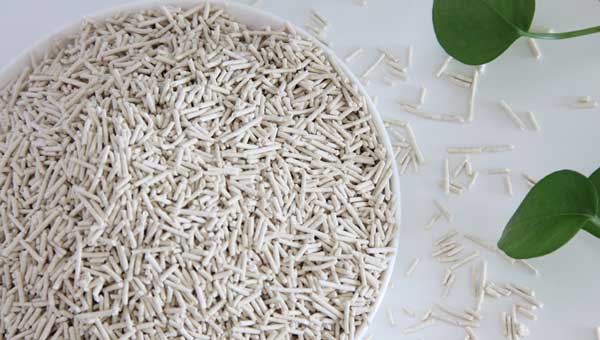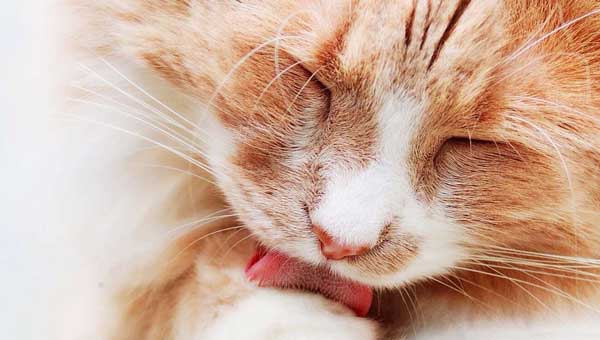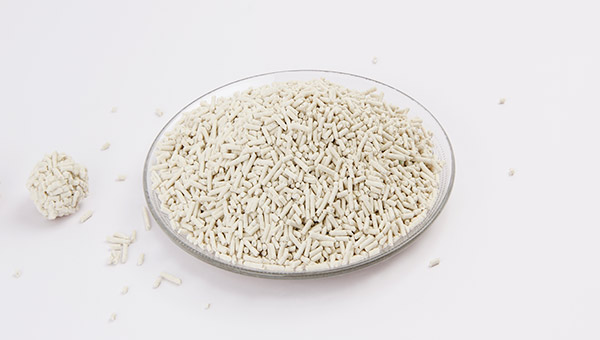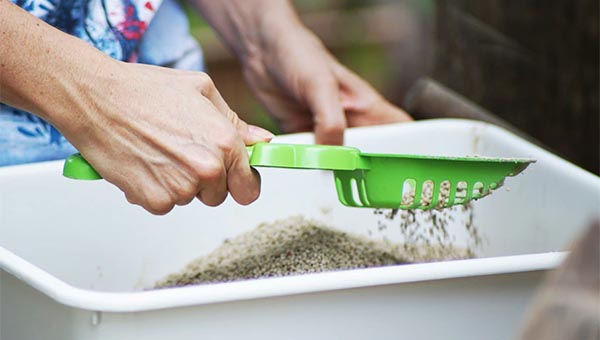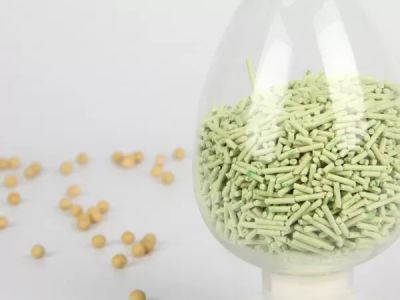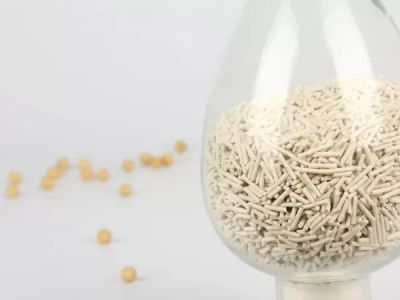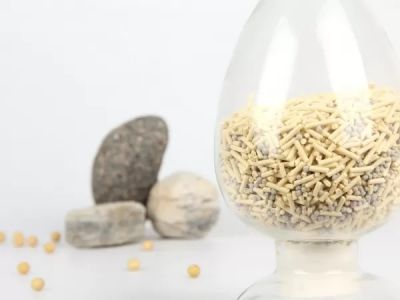Many cat owners think that obese cats are cuter and healthier. Are you such a cat owner? In fact, this is a misunderstanding. Cats who are obese will have an "obesity crisis" just like people who are obese. We live in a food-obsessed society that is causing more and more people to be overweight, including our pets, of course. It is estimated that at least 25% of cats are obese or have a tendency to become obese. Obese cats will not only bring a lot of trouble to cat life but also bring a lot of harm to the cat's health. Generally speaking, the standard weight of a small cat is about 2.5-5 kg; the standard weight of a medium-sized cat is about 4-6 kg; the standard weight of a large cat is about 5-12.5 kg. 10%-15% more than normal body weight is considered obese.
Causes of obesity in cats
Buffet-style feeding
The so-called buffet-style cat feeding means that the owner feeds the cat without restraint, or feeds a large amount of cat food at one time to save trouble. We are always afraid that the cat is hungry and that there is no food in the cat's food bowl. Cats themselves will not be on a diet, they just keep eating, eating when they are hungry, and eating when they are greedy, so cats eat irregularly and without restraint. In addition, in order to reward and please the cat, we feed some canned cat food and small dried fish from time to time. This can easily cause the cat to gain weight. This state is like this: a person eats most of the time every day, in addition to three meals a day, there are snacks in the morning, in the afternoon, and at the night. Others eat three meals a day, but he eats five or six meals a day, and all he eats are high-calorie, carbohydrate-rich foods, can he not gain weight? If your cat is obese, please recall the number and recurrence you usually feed your cat to see if it is beyond the norm.
Indoor captivity
Indoor captive cats, rural cats, and stray cats, relatively speaking, in contrast to these three types of cats, indoor cats are larger, heavier, and more obese. Because rural cats and stray cats have a lot of daily activities. I read a study before, and there is data in it: an adult stray cat walks about 800 meters a day. And what about indoor cats? Even if the cat runs around the house several times a day, it is not enough for 800 meters. It can be seen from this that if your cat eats much food every day, Indoor captive cats are more likely to gain weight. So it requires us to interact with the cat more in the process of raising the cat, thereby increasing the cat's activity. Cat sticks, cat toys, hide-and-seek with cats, or keep another cat at home. These methods can help cats consume excess energy and digest excess food and fat in their stomachs.
Diet
In fact, a cat's normal diet only needs a few kinds: high-protein cat food, high-protein canned staple food, boiled chicken breast or beef, and enough water. You know, cats are pure "carnivores", and there is a lot of protein in the meat. The composition of the cat's own energy is mainly more than 50% protein, more than 35% fat, and the rest is carbohydrates. It can be seen that when choosing cat food, the cat owners must pay attention to the content of protein and fat.
The harms of obesity in cats
Don't think that obese cats are cute and beautiful. When one day you see the cat staggering when walking, it takes a lot of effort to jump on the sofa, you will realize the harms of obesity in cats. Studies have shown that compared with ordinary cats, cats who are obese are more likely to cause various diseases. The cat is sick, not only it is in pain, but it is also uncomfortable as the owner.
Obesity can lead to many diseases
Constipation: Obese cats do not like to move, and the peristalsis of the gastrointestinal tract will slow down. So they are more prone to constipation.
Diabetes: Obese cats are more likely to develop type II diabetes. This is because obesity leads to insufficient insulin secretion of pancreatic β-cells, which will cause carbohydrate metabolism disorders.
Heart disease: Obesity will increase the burden on the heart! So it will aggravate or accelerate the development of heart disease!
Hypertension: In obese cats, lipids are more likely to accumulate in the blood, causing thrombosis over time, and narrowing of blood vessels, resulting in high blood pressure.
Fatty liver: Under the same conditions, obese cats are more likely to develop fatty liver faster!
In addition to health problems, it can also cause cat mental health problems: obese cats often have difficulty moving, and even can not lick and tickle themselves. Imagine how painful it is for you to be itchy but not able to scratch. Cats are the same too, over time, they will feel anxiety and depression
Obesity can lead to dystocia in cats
Many parents will feed their little pregnant cats fat and fat, thinking that this way the cat will have more energy to give birth. In fact, it is very easy to cause the fetus to have a difficult birth, and it is also easy to cause the mother cat to be unable to produce. Because obese cats usually accumulate abdominal fat, occupying space, and compressing the birth canal, coupled with lack of exercise, and weak muscle strength, it is very prone to dystocia problems such as production weakness and narrowing of the birth canal.
Obesity increases the burden on cats
Obese cats very easy to feel tired. If you let them exercise a little, they will be out of breath and look like they are about to be paralyzed. This will also cause the cat to be more reluctant to move, which will make it easier to gain weight, and it has been a vicious circle. If the cat is obese, it may not be able to support its own body. Sometimes even if they move a little bit, their legs will sway, let alone do some difficult movements that climb up and down. Therefore, many obese cats will lie on the ground lazily all day long. In addition, obesity will directly burden the joints, thereby increasing the risk of arthritis, and may lead to necrosis of the femoral head and hip dysplasia in severe cases. Cats with joint disease can be very distressed, have difficulty moving, have joint pain, and have a poor quality of life.
Obesity leads to a shorter lifespan
If the cat is too obese, it will be particularly prone to calcium deficiency, which will lead to symptoms such as fear of heights, slow movement, and lethargy. In severe cases, it will also lead to deformity of the cat's bones, paralysis of the hind limbs, and other symptoms, making it difficult for the cat to walk and move. Excessive obesity brings a series of ailments to cats and shortens their life span of cats. For cats of the same breed, in the same living environment, obese cats will always have a much shorter lifespan than normal-weight cats.
How to lose weight for your cat
Feeds cat timed quantification
When the cat is too obese, the first thing to do is to control the cat's diet. Put an end to buffet-style feeding, arrange the cat's diet reasonably, eat less frequently, reduce food appropriately, and reduce its daily calorie intake. Generally, adult cats have 2-3 meals a day, and elderly cats have 1-2 meals a day. The amount of each meal is a little smaller than usual until the amount is normal. But it should be noted that a hunger strike to lose weight is a very wrong method. For cats, a hunger strike to lose weight can easily lead to fatty liver. The fatter the cat, the more thorough the hunger strike, and the higher the probability of the cat getting a fatty liver.
Increase cat exercise
In addition to controlling the cat's diet, we should also increase the cat's exercise to promote the consumption of the cat's accumulated fat. Obese cats tend to become more lazy and unwilling to exercise, which requires our assistance. We can insist on using the cat stick to interact with the cat for more than 30 minutes every day, which can increase the cat's exercise volume and achieve the effect of losing weight. For cats who really don't like to move, you can prepare multiple cat food bowls during the cat's weight loss period. When feeding the cat, place the food bowl in different places, so that the cat need move around more and achieve the effect of losing weight. If conditions permit, you can also place the food bowl in some places that need to be reached by jumping belts, such as cat climbing frames, tables, etc.
Change cat's eating habits
We feed our cats with meat complementary food because we are worried that the cats will not have enough nutritional supplements. However, if the cat is too obese, it means overnutrition, then we should stop feeding the cat meat complementary food during the period of losing weight to the cat. Eat foods rich in protein and dietary fiber but low in fat. Protein stimulates metabolism and energy expenditure while creating a feeling of satiety. Dietary fiber contains little energy but stimulates intestinal metabolism. You can also feed the cat some fruits and vegetables in moderation, which can balance the nutrition of the cat and is more conducive to the cat's health. It is best to choose low-calorie, low-fat cat food, with a fat content of about 13% to 16% for low-fat cat food. This can not only satisfy the cat's hunger but also ensure adequate nutrition while reducing fat intake so that the cat can lose weight happily.

